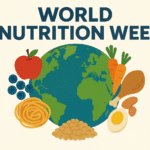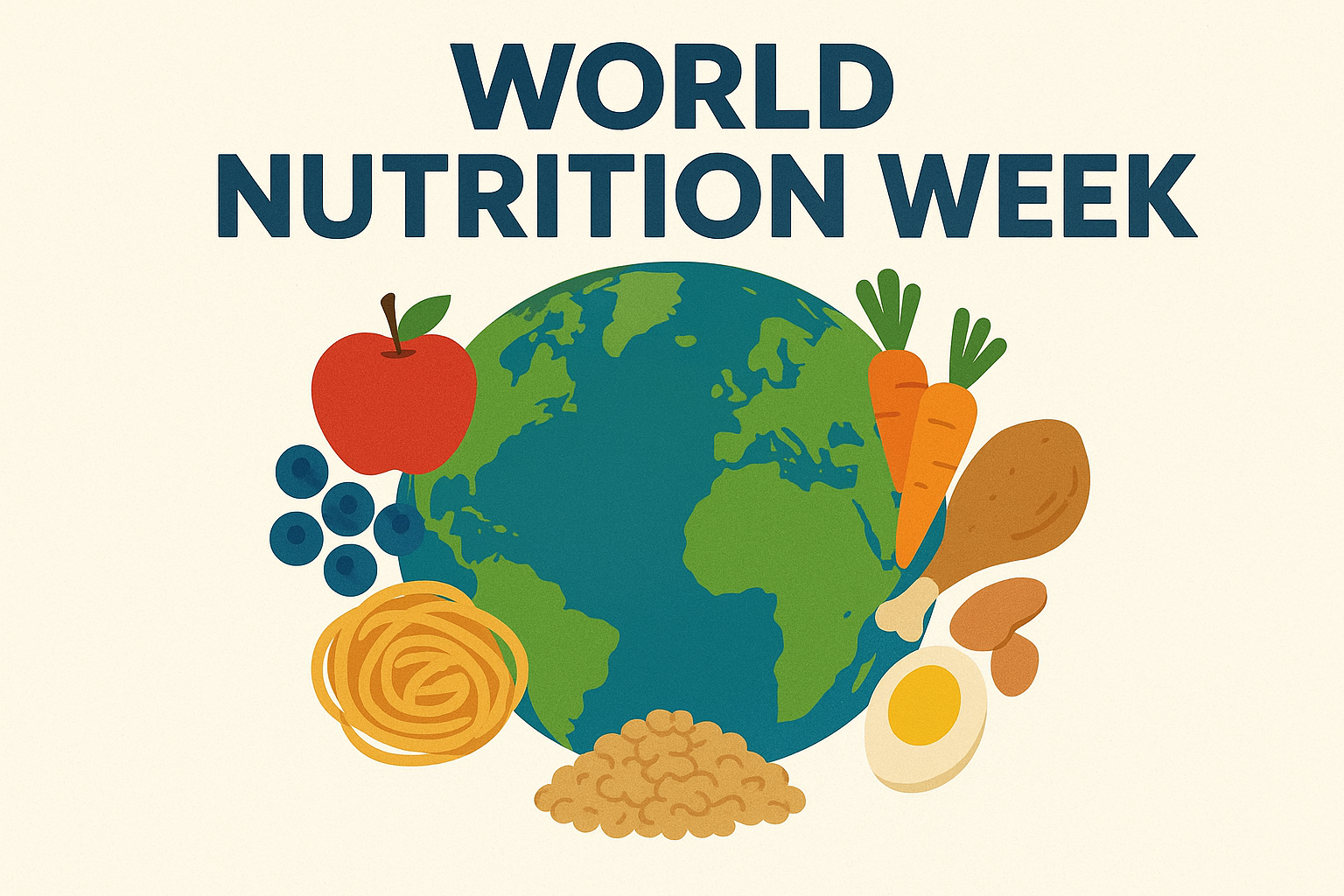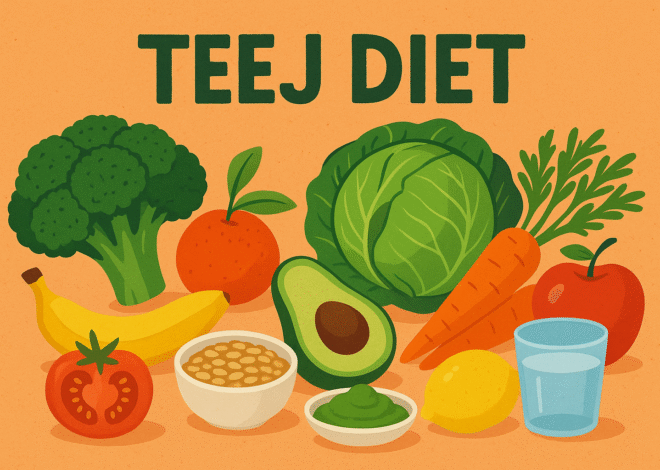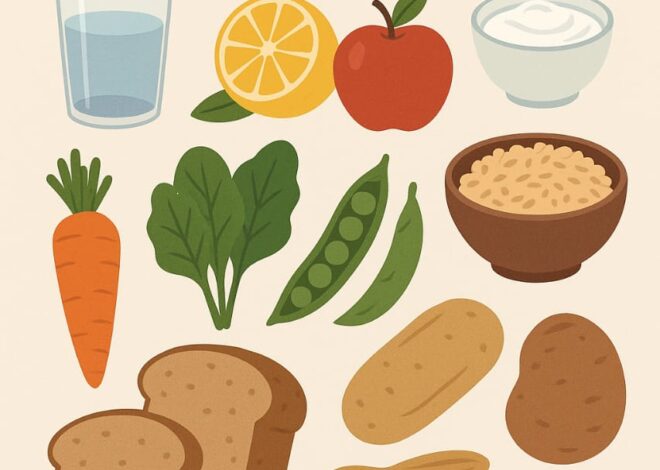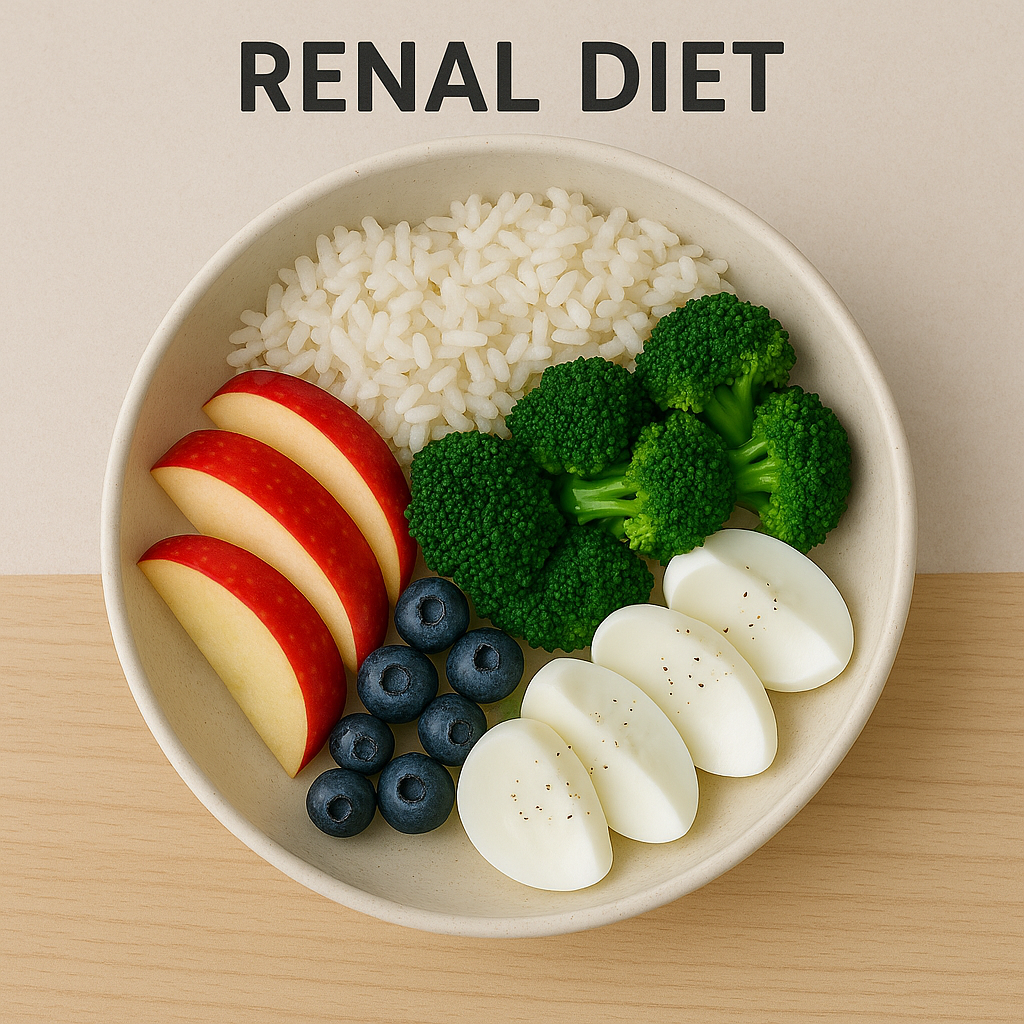
The Modern Kidney Diet: What’s Changed and What Still Works in 2025
A Kidney diet is designed to support kidney function and slow the progression of kidney disease. The diet typically limits certain nutrients to prevent waste buildup in the blood when the kidneys aren’t working as well.
Limit Sodium, Potassium, and Phosphorus
Reducing intake of high-sodium processed foods, high-potassium items like bananas and oranges, and high-phosphorus foods such as dairy and nuts remains crucial for managing CKD.
Hydration Matters
Adequate hydration is essential, but fluid intake should be tailored to individual needs, especially for those with advanced CKD or on dialysis. Consulting with healthcare providers to determine appropriate fluid levels is recommended.
Avoid Added Sugars and Refined Carbs
Limiting added sugars and refined carbohydrates helps control blood sugar levels, reducing the risk of diabetes—a major contributor to kidney disease.
Kidney-Friendly Superfoods
Affordable and kidney-friendly foods include:
- Beans: High in fiber and plant-based protein, with lower potassium and phosphorus absorption.
- Tofu: A versatile, low-phosphorus, low-potassium protein source.
- Root Vegetables: Such as carrots and beets, which are nutritious and budget-friendly.
- Apples: Low in potassium and phosphorus, making them a safe fruit option.
- Yogurt: Provides calcium and probiotics; choose plain, low-fat varieties.
Kidney Health in India:
In India, incorporating locally available foods can support kidney health:
- Jamun: Helps reduce oxidative stress and supports metabolic balance.
- Pomegranate: Aids in kidney detox with its antioxidants.
- Papaya: Promotes liver health and reduces fatty liver risk.
- Cranberries: Support urinary health and may slow progression.
- Mosambi : Stimulates liver enzymes, aiding detoxification.
- Watermelon: Acts as a natural diuretic, flushing out toxins.
The Role of Fluids in Renal Patients
1. Kidney Disease (Stages 1–3)
- Fluid restriction usually not needed, unless there are symptoms of fluid retention (swelling, high blood pressure).
- Goal: Stay well-hydrated to help kidneys filter waste efficiently.
- Tip: Water is the best choice; avoid sugary drinks and colas (high in phosphorus).
2. Kidney Disease (Stages 4–5, Not on Dialysis)

- Kidneys may not balance fluids well, leading to:
- Fluid retention (swelling in legs, feet, hands)
- High blood pressure
- Shortness of breath (from fluid around lungs)
- Mild to moderate fluid restriction may be needed.
3. Dialysis Patients
Hemodialysis
- Between treatments, fluid builds up in the body.
- Strict fluid limit often needed (typically 1 to 1.5 liters per day depending on urine output).
- Excess fluid can cause:
- High blood pressure
- Heart failure
- Lung congestion
- Tip: Count all fluids — including soup, ice, jello, and juicy fruits (like watermelon or oranges).

Peritoneal Dialysis
- More flexible with fluids, especially if urine output is still decent.
How to Control Thirst (If on Fluid Restriction)
- Suck on ice chips.
- Use sugar-free hard candy or chew gum
- Rinse mouth with cold water (but don’t swallow)
- Limit salty/spicy foods to reduce thirst.






